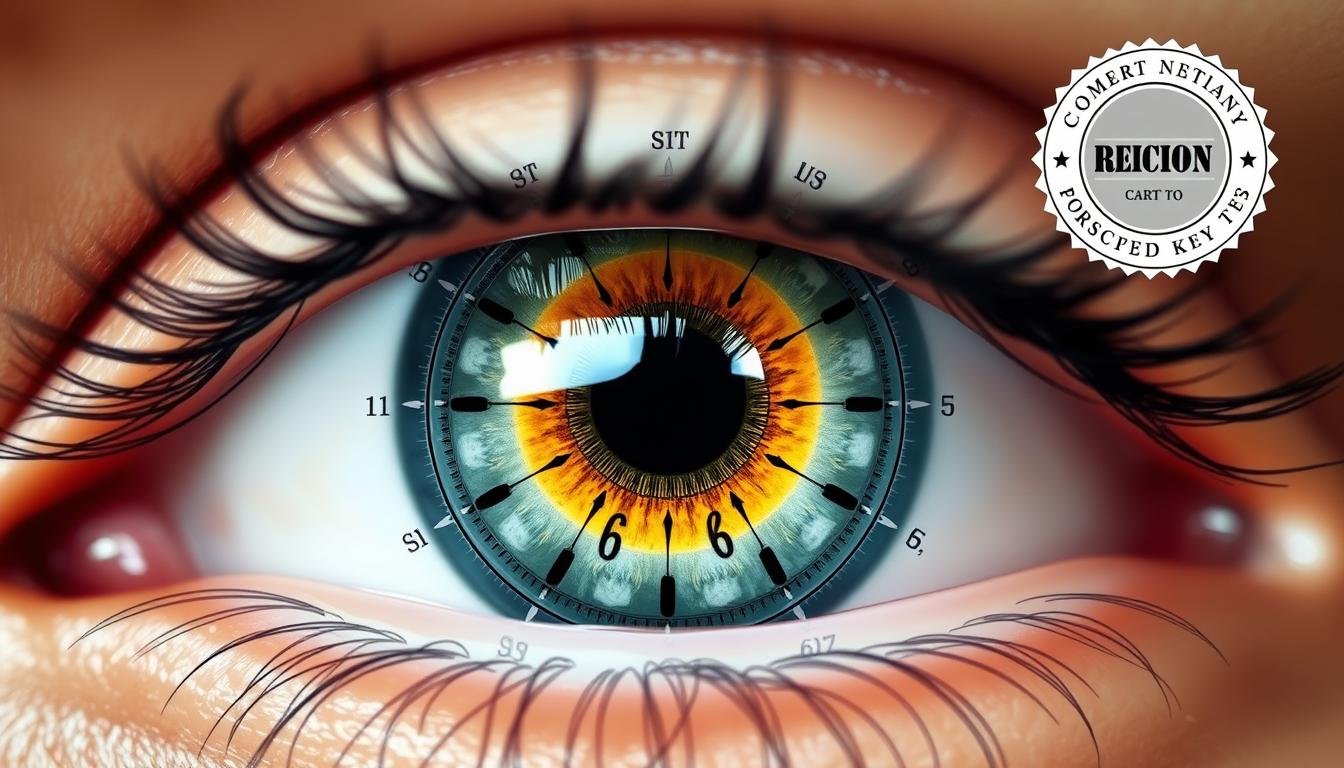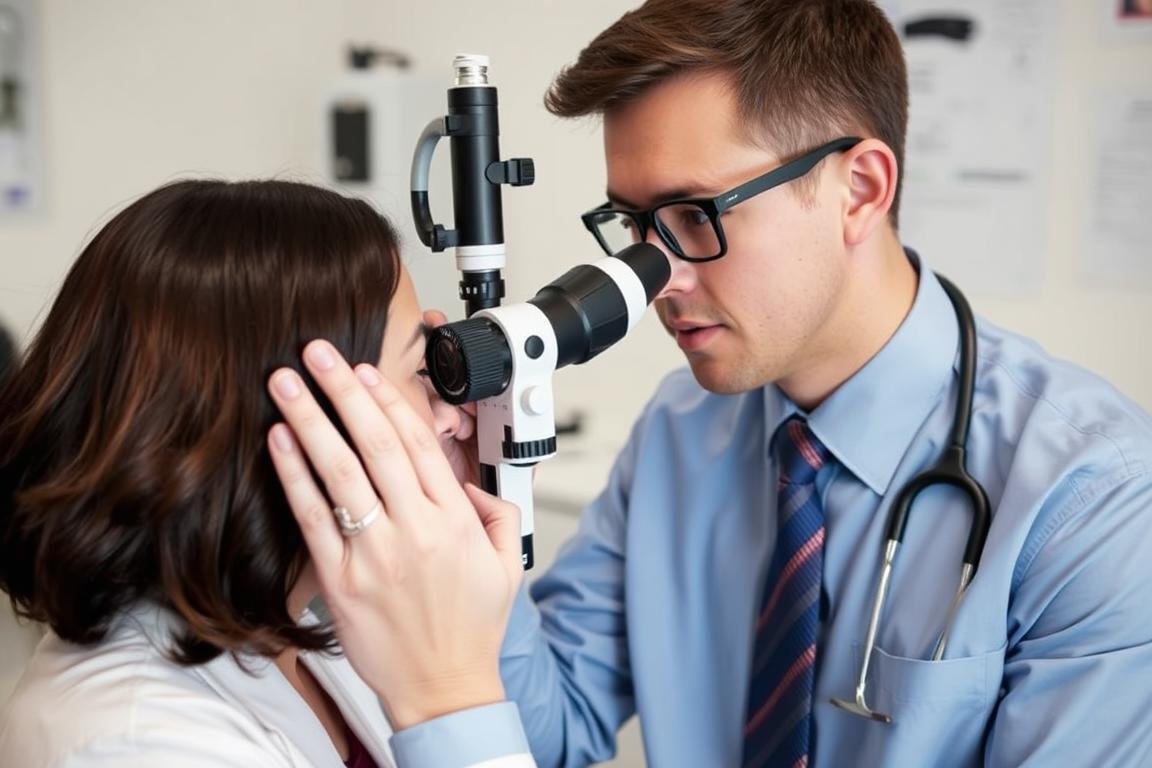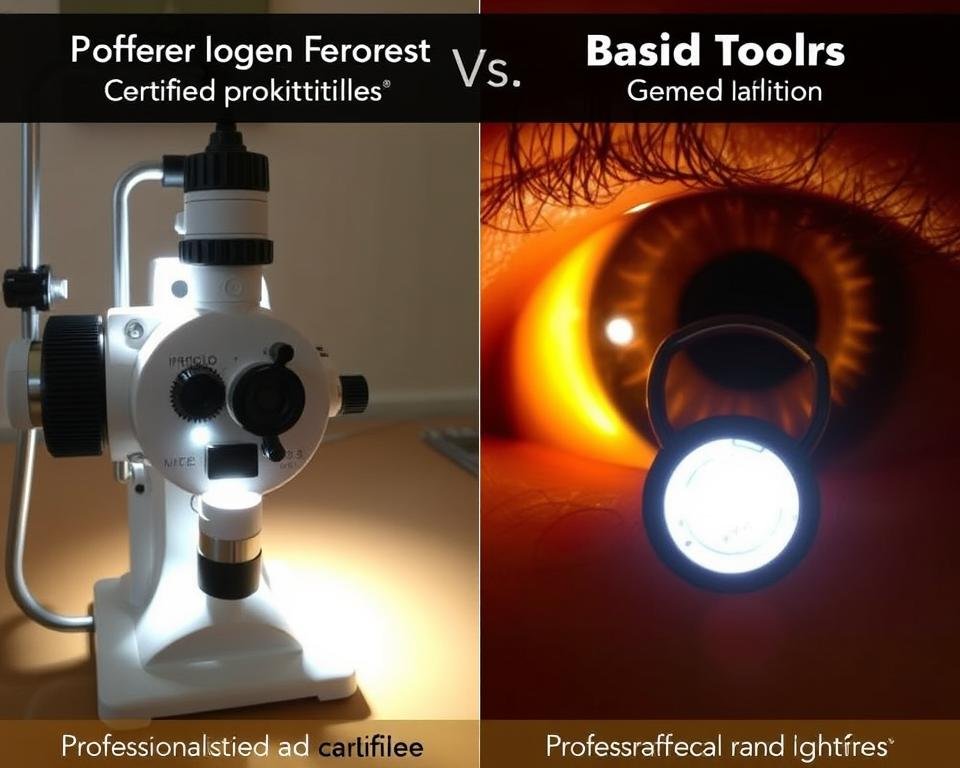The growing interest in holistic health approaches has sparked increased attention to iridology—the study of iris patterns to assess health conditions. For practitioners and enthusiasts alike, the question often arises: Is formal certificazione iridologica necessary, or is general training sufficient? This comprehensive guide explores the key differences between certified programs and general training options, helping you make an informed decision about your professional development path in this fascinating field.

Perché perseguire un Certificazione IRIDOLOGIA?
While general training provides basic knowledge, formal certificazione iridologica offers several distinct advantages that can significantly impact your practice and credibility. Understanding these benefits is crucial when deciding which educational path to pursue.
Professional Recognition
Certified iridologists receive recognition from professional organizations like the International Iridology Practitioners Association (IIPA), establishing credibility with clients and healthcare professionals alike. This recognition signals that you’ve met established standards in the field.
Standardized Knowledge Base
Certification programs ensure you receive comprehensive training covering all essential aspects of iridology, from basic iris analysis to advanced interpretation techniques. This standardized approach prevents knowledge gaps that often occur in self-directed or general training.
Legal Protection
Mentre iridologia isn’t regulated in all jurisdictions, certification provides a layer of professional protection by demonstrating your commitment to established standards and ethical practices. This can be particularly important when working alongside other healthcare practitioners.
Client Trust
Clients are increasingly savvy about practitioner credentials. A formal certification demonstrates your commitment to professional standards and ethical practice, helping to build trust with potential clients seeking qualified practitioners.
Career Advancement Opportunities
Certified iridologists often have access to more professional opportunities, including teaching positions, research participation, and collaboration with other healthcare professionals. Many holistic health centers and educational institutions require certification for employment or partnership.
| Aspetto |
Certification Programs |
General Training |
| Curriculum Depth |
Comprehensive, structured curriculum covering theory, practice, and ethics |
Often focused on specific techniques or approaches |
| Professional Recognition |
Recognized by professional organizations |
Limited or no professional recognition |
| Practice Legitimacy |
Provides professional credentials |
May lack professional credibility |
| Career Opportunities |
Access to teaching, research, and professional networks |
Limited professional opportunities |
| Cost |
Higher initial investment ($700-$2,500) |
Generally lower cost ($100-$500) |
Ready to Advance Your Iridology Practice?
Explore accredited certification programs that can elevate your professional standing and expand your knowledge base.
Discover Certification Options
Core Components of an Certificazione IRIDOLOGIA Programma
Understanding what constitutes a quality certification program helps you evaluate different educational options. Here are the essential elements that comprehensive certificazione iridologica programs typically include:

Accredited Curriculum for Certificazione IRIDOLOGIA
Quality certification programs feature curricula developed and approved by recognized authorities in the field. These typically include:
- Comprehensive study of iris anatomy and physiology
- Detailed exploration of iris signs, markings, and their interpretations
- Constitutional analysis and typing methodologies
- Integration with other assessment techniques
- Case study analysis and practical application
Most accredited programs require between 100-200 study hours, combining theoretical knowledge with practical application. This structured approach ensures graduates possess both foundational knowledge and practical skills.
Practical Assessments in Certificazione IRIDOLOGIA Programs
Unlike general training that may focus primarily on theory, certification programs emphasize hands-on experience through:
Supervised Practice
Working with experienced instructors who provide feedback on your technique and interpretation skills.
Casi di studio
Analyzing real-world examples to develop practical application skills and clinical reasoning.
Documentation Training
Learning proper client assessment and record-keeping protocols essential for professional practice.
Practical Examinations
Demonstrating competency through practical assessments that evaluate your ability to apply knowledge.
Legal and Ethical Training
A significant advantage of formal certificazione iridologica is the inclusion of legal and ethical components that protect both practitioners and clients:
Professional Ethics
- Client confidentiality protocols
- Appropriate scope of practice guidelines
- Ethical marketing and representation
Legal Limitations
- Understanding diagnostic limitations
- Proper client disclaimers
- Referral protocols for medical conditions

Limitations of General Training Without Certificazione IRIDOLOGIA
While general training programs can provide basic knowledge, they often come with significant limitations that can impact your professional practice:
Restricted Scope of Practice
Without certification, your ability to practice professionally may be limited in certain settings or jurisdictions. Many wellness centers and integrative practices require formal credentials.
Knowledge Gaps
General training often focuses on specific techniques without providing the comprehensive foundation needed for accurate assessment and interpretation.
Limited Professional Network
Certification programs typically provide access to professional communities, continuing education, and mentorship opportunities that aren’t available through general training.
“The difference between a certified iridologist and someone with general training becomes evident in their ability to accurately interpret complex iris patterns and integrate findings with other health assessments.”
— Dr. Ellen Tart-Jensen, Ph.D., D.Sc., CCII

4.7
Professional Impact of Certification
Professional Recognition
4.7
Come scegliere il diritto Certificazione IRIDOLOGIA Programma
With numerous certification options available, selecting the right program requires careful consideration of several key factors:

5 Questions to Ask Before Enrolling
- Is the program accredited? Look for recognition from established organizations like the International Iridology Practitioners Association (IIPA) or other respected bodies in the field.
- What is the instructor’s background? Instructors should have extensive experience both practicing and teaching iridology, with recognized credentials in the field.
- Does the curriculum cover both theory and practice? Comprehensive programs should include both theoretical foundations and supervised practical experience.
- What support is available after completion? Look for programs that offer continuing education, mentorship, or professional community access.
- What are the total costs and time commitments? Consider not just tuition but also required materials, equipment, and time investment.
Red Flags in Certificazione IRIDOLOGIA Providers
Be wary of programs that exhibit these warning signs:
- Promises of certification with minimal time investment (less than 50 hours)
- Lack of clear information about curriculum and learning outcomes
- No requirement for practical demonstration of skills
- Absence of recognized accreditation or industry affiliation
- Exaggerated claims about career prospects or income potential

Find Your Ideal Certification Path
Compare accredited iridology certification programs that match your professional goals and learning preferences.
Compare Top Programs
FAQ Certificazione IRIDOLOGIA
Here are answers to some of the most common questions about iridology certification and training:
È certificazione iridologica legally required to practice?
In most countries, iridology isn’t regulated by government agencies, meaning certification isn’t legally mandated. However, certification provides professional credibility, may be required by insurance providers for liability coverage, and is often necessary for employment in clinical settings. Even without legal requirements, certification demonstrates your commitment to professional standards.
How long does it typically take to complete an iridology certification program?
Most comprehensive certification programs require 100-200 hours of study, which typically translates to 4-12 months of part-time study. Programs vary in structure, with some offering intensive formats and others designed for flexible, self-paced learning. The timeframe also depends on whether practical assessments and case studies are required for completion.
What equipment will I need to practice as a certified iridologist?
Professional practice typically requires specialized equipment including a high-quality iris camera or magnification device, proper lighting, analysis software (for digital assessment), and reference materials. Certification programs often provide guidance on equipment selection and may offer student discounts through affiliated suppliers.
Can I integrate iridology with other holistic health practices?
Absolutely. Many practitioners integrate iridology with other modalities such as naturopathy, herbalism, nutrition counseling, or traditional Chinese medicine. Quality certification programs often include training on how to effectively combine iridology with complementary approaches for a more comprehensive wellness practice.
How do I maintain my certification once obtained?
Most certifying organizations require continuing education to maintain active certification status. This typically involves completing a specified number of approved continuing education hours every 1-2 years, attending professional conferences, or participating in advanced training. These requirements ensure practitioners stay current with developments in the field.

Making Your Decision: Certification or General Training?
The choice between pursuing formal certificazione iridologica and general training ultimately depends on your professional goals, budget, and time constraints. Certification provides substantial advantages in terms of comprehensive education, professional recognition, and career opportunities. While general training may be sufficient for personal knowledge or as a complementary skill, those seeking to build a professional practice will benefit significantly from the structured education and credentials that certification provides.
As the field of holistic health continues to grow and professionalize, credentials like formal iridology certification increasingly serve as important differentiators in a competitive marketplace. By investing in comprehensive education now, you position yourself for greater success and credibility in your practice.
Ready to Advance Your Practice?
Explore accredited certificazione iridologica programs that can transform your professional journey.
Find Your Certification Program



















